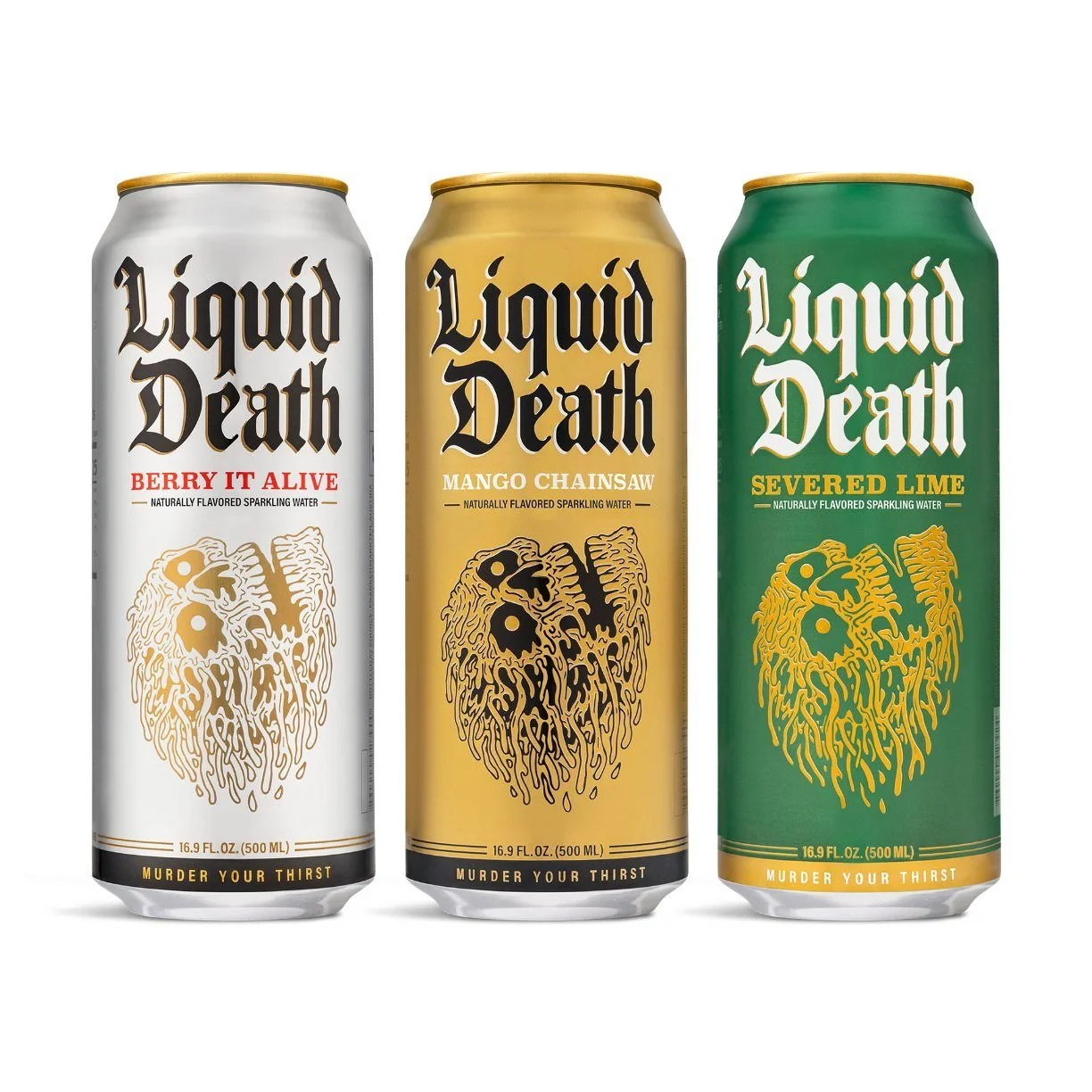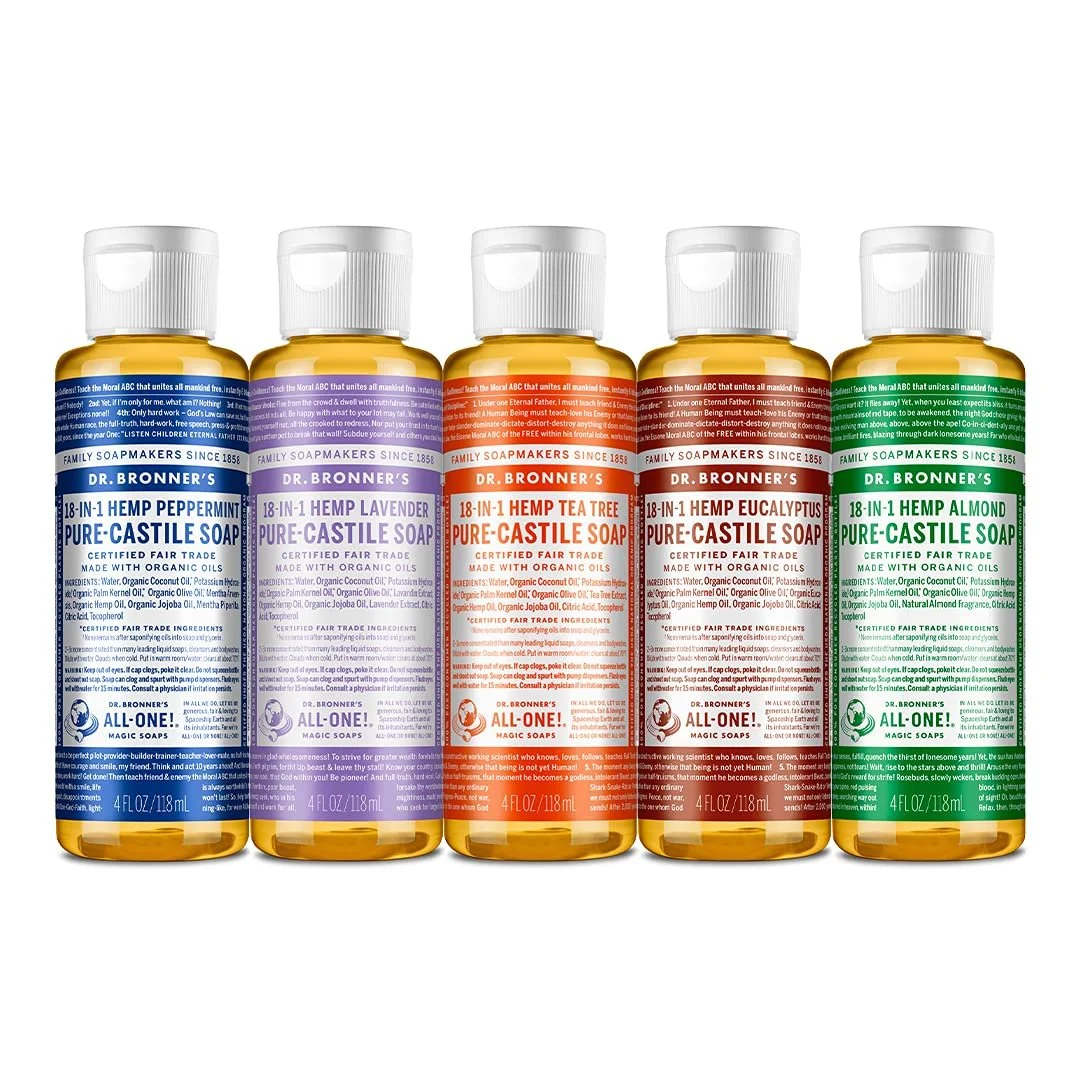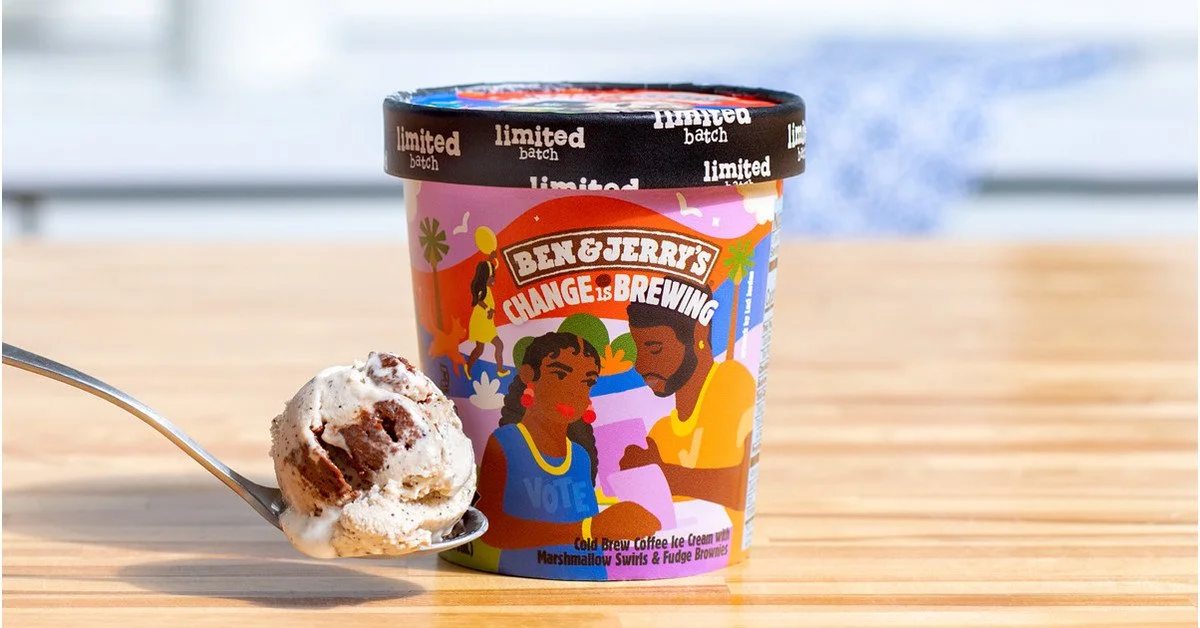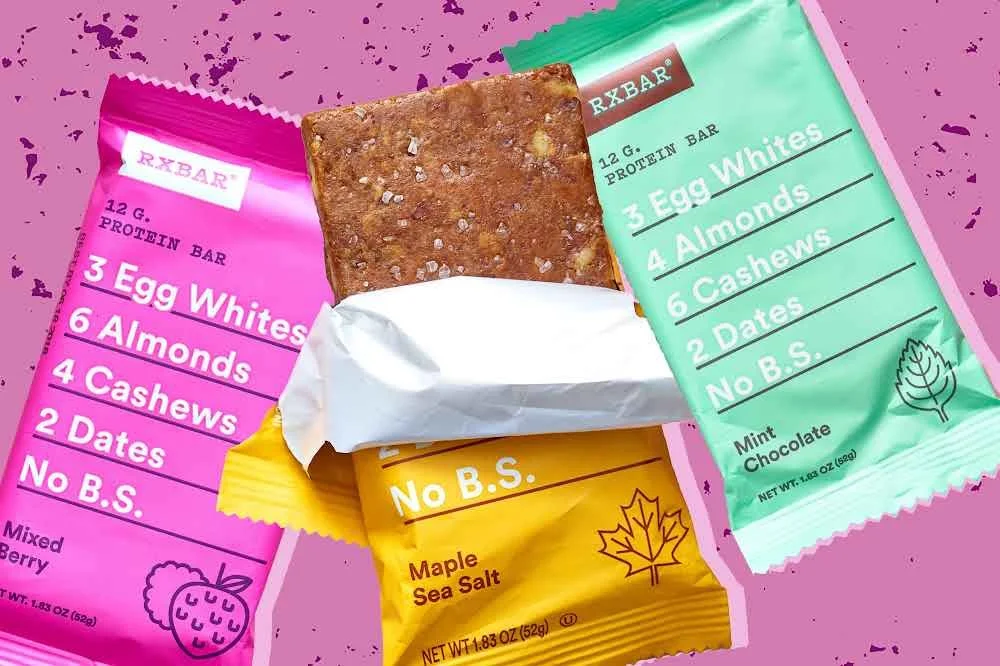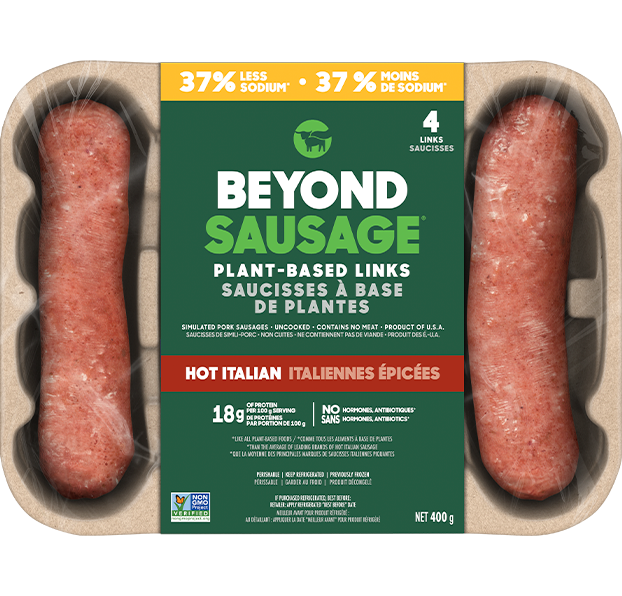Why Branding Matters More Than Ever for CPG Companies
In the increasingly competitive world of consumer packaged goods (CPG), strong branding is no longer optional, it’s a necessity. With more products hitting the market every day, brands are faced with the challenge of standing out in a crowded space. This is where the power of strategic and creative brand design comes into play. Clear, compelling branding not only helps products capture attention but also creates lasting emotional connections with consumers.
An Oversaturated Market
The world is flooded with options and attention spans are shrinking. Whether it’s the grocery store aisle, online marketplaces, or specialty retail, consumers today are overwhelmed with choices, making brand recognition even more critical. In a world where shoppers are increasingly making decisions based on familiarity, strategic branding that speaks to consumer values and clearly communicates the brand's identity is vital. Its never been more important to standout.
In digital environments, consumers may not see the product on a store shelf, so online branding—through website design, product images, and packaging—is just as crucial. Clear, consistent branding across both digital and physical touchpoints ensures a seamless brand experience and maximizes visibility and conversion.
Why Strong Branding is Essential for CPG
1. Instant Recognition & Impact on Shelf Presence
Consumers need to be able to identify a product quickly. Effective branding and packaging creates instant recognition, making it easier for consumers to choose your product over others.
A prime example is Liquid Death. By using irreverent, edgy branding inspired by heavy metal music culture, Liquid Death has turned a basic commodity—water—into a lifestyle product. Its bold design ensures it’s easily recognizable on shelves and its unconventional branding sparks curiosity and social sharing.
2. Building Trust and Loyalty with Consistent Messaging
Execute brand consistently across all platforms (in-store, online, packaging) you then have a winning formula to help reinforce brand familiarity. Consistency in branding leads to consumer trust. When a brand maintains a consistent identity across all channels, it builds confidence in the product’s quality. Trust is an essential component of brand loyalty, and over time, this trust converts into repeat purchases.
For example, Dr. Bronner’s has built a loyal following through its unwavering commitment to its ethical and sustainability-focused messaging. The brand’s recognizable, text-heavy packaging and consistent use of mission-driven storytelling reinforce its identity, earning consumer trust and advocacy. Whether online or in-store the mission, vision remains the same.
3. Connecting with Consumers Through Emotional Storytelling
Many strategist and marketers today are debating the value of a brand story and whether every brand needs a cause, but we believe there is inherent value in your mission. Consumers are not only purchasing products—they’re buying into a who you are and what you stand for. Connecting emotionally with customers through thoughtful design and messaging helps build long-lasting relationships.
A standout example is Ben & Jerry’s. The ice cream brand frequently incorporates social justice causes into its branding and marketing. Their limited-edition flavors, like “Justice ReMix’d” and “Change is Brewing,” leverage storytelling to foster deeper emotional connections with socially-conscious consumers. This strategy transforms their customers into loyal advocates.
4. Enhancing Customer Loyalty with Honesty & Authenticity
Strong branding doesn’t just increase awareness—it drives loyalty. Customers who connect emotionally with a brand are more likely to return for repeat purchases and recommend the product to others. By crafting a brand identity that resonates with consumers on a deeper level, CPG companies can cultivate brand ambassadors.
RXBAR is a perfect example of a brand that has built a loyal following through transparent branding. Their minimalist packaging clearly lists the ingredients on the front, promoting honesty and simplicity. This no-frills, authentic approach resonates with health-conscious consumers, creating strong brand loyalty and driving repeat sales.
5. Adapting to Market Trends with Agile Branding
The CPG landscape is constantly evolving. Trends such as sustainability, health-consciousness, and clean labeling are shaping consumer decisions. As these trends continue to emerge, brands must adapt while staying true to their core identity.
A great example is Beyond Meat. The brand continually innovates its packaging and branding to reflect changing consumer preferences, such as emphasizing its plant-based credentials and environmental sustainability claims. Their recent redesigns highlight transparency and eco-conscious messaging, keeping the brand relevant in a highly competitive category.
Why Branding is Crucial for Growth
In an era where choices are abundant, brand strategy is the key to standing out in the CPG sector. A well-designed brand that resonates with its target audience can drive awareness, increase loyalty, and foster deeper emotional connections.
To ensure that your brand resonates with consumers in today’s market, you need more than just a logo and packaging—you need a strategy that reflects your company’s mission, values, and vision. Effective branding creates differentiation, builds trust, and drives long-term growth, making it a vital investment for every CPG company.

